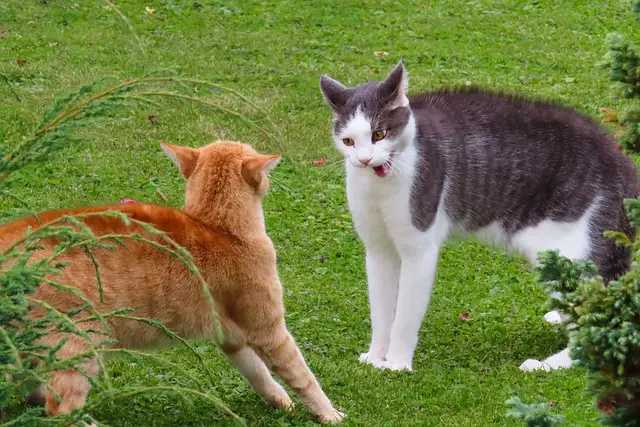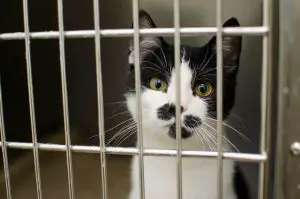
Understanding and Managing Aggressive Cat Behavior:
Felines are generally perceived as poised and empathetic companions, but at times, you might encounter uncharacteristic aggressive behavior. Most often, this indicates an underlying issue. Read on to unveil effective measures to comprehend and manage aggressive cat behavior and help your feline friend retain its usual demeanor.
Recognizing Aggressive Cat Behavior
Identifying cat aggression requires acute understanding of their behavioral traits. Aggressive behavior can be manifested through biting, scratching, hissing, or swatting. Intense staring, flattened ears, puffed-up hair, or a thrashing tail also serve as indications of aggression. Recognizing these signs early can prevent unwanted confrontations and help correct the behavior.
Identifying Potential Causes of Aggression
Understanding the root cause of aggression in cats is the first step towards resolving it. Causes can extend from fear, pain, redirected aggression, territorial dominance to even miscommunication. Every behavior of your feline holds a meaning. Understanding these subtleties can significantly alleviate their discomfort.
Pain-induced Aggression
Cats often respond to physical discomfort with aggression. Therefore, if your usually docile cat suddenly exhibits aggression, making a visit to a veterinarian should be your priority.
Redirected Aggression
Feeling threatened or provoked, cats might exhibit aggressive responses towards an unrelated target – owner, another pet, etc. It’s crucial to identify and mitigate the perceived threat.
Territorial Dominance
Cats are instinctively territorial creatures. Any encroachment on their perceived boundaries can prompt aggressive behavior. Simple measures such as sufficiently spacing out multiple cats’ resources (food, water, litter boxes) can help address territorial aggression.
Implementing Behavioral Modifications
Once the root cause of your cat’s aggression is understood, implementation of behavior modification techniques can ensure a peaceful coexistence.
Positive Reinforcement
Rewarding your cat for positive behavior encourages repetition of that behavior. Treats, verbal appreciation, or a pat can serve as potential rewards.
Graduated Exposure
Undoing learned fear responses of cats requires gradual exposure to the fear evoking stimuli. Start by exposing them mildly and gradually increasing the intensity as they get comfortable.
Create a Peaceful Environment
Creating an environment that caters to your feline’s needs, providing them with hiding spots, exclusive zones, and toys, can significantly improve their comfort level and consequently, control their aggression.
Take Professional Help
Don’t shy away from taking professional assistance if your cat’s aggression shows no signs of abating despite your best efforts. A certified animal behaviorist can provide a valuable third-party perspective and strategies that you might not have contemplated.
In conclusion, understanding and managing aggressive cat behavior requires patience, time, and sometimes professional assistance. With right interventions, your feline friend can regain its composure and add to the peaceful ambiance of your home.
Affection is profound in gentle fibres that intertwine us with our feline friends. Let’s strive to strengthen these fibres, one purr at a time.
References
- Feline Aggression by ASPCA.
- Understanding Cat Behavior by PetMD.
- Managing Aggressive Behavior in Cats by Cornell University College of Veterinary Medicine.







